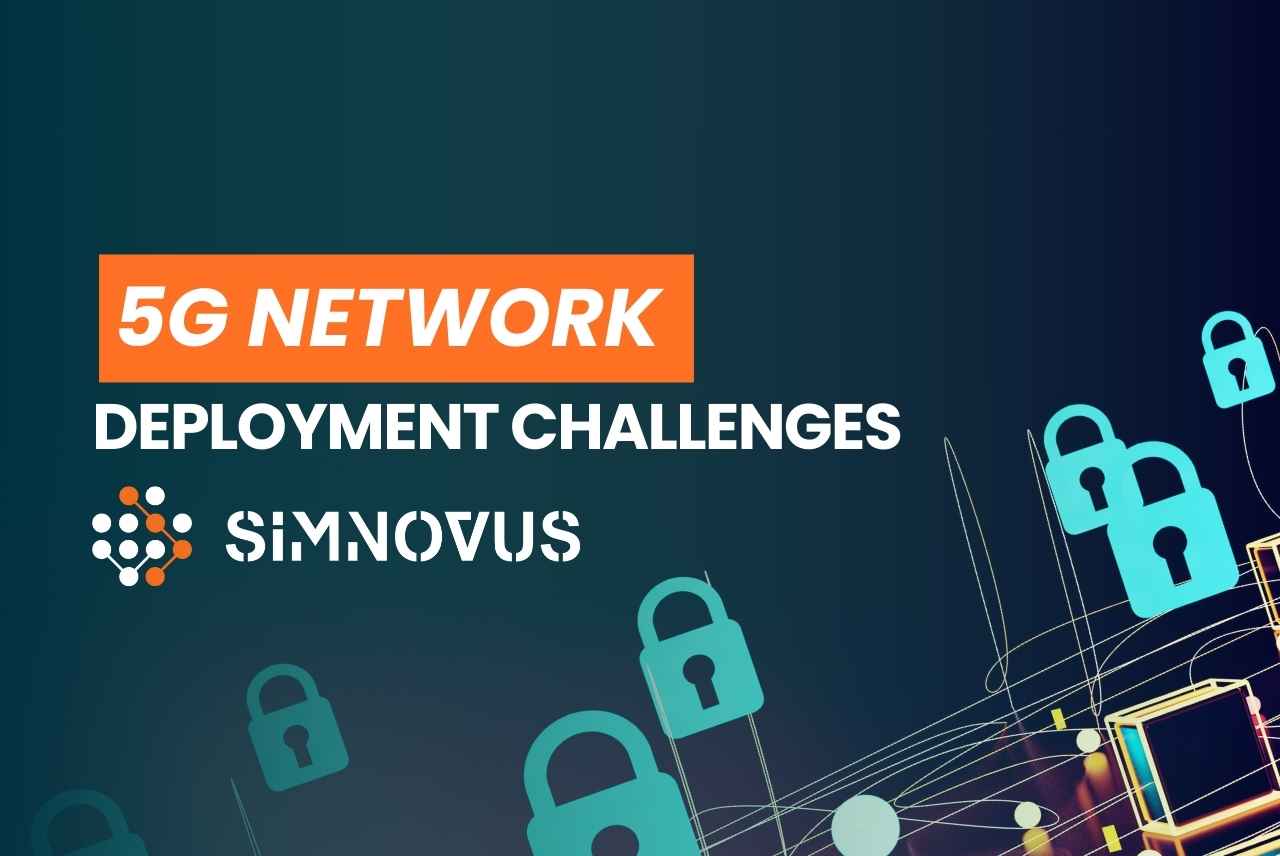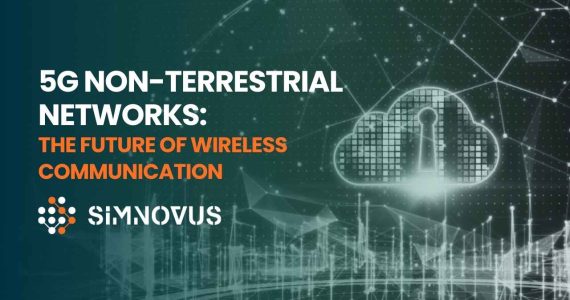
- 5G
- November 25, 2020
Overcoming Challenges of 5G Deployment
The process of building and deploying fifth-generation (5G) wireless networks is referred to as 5G deployment. With much higher data rates, lower latency, and the capacity to connect a huge number of devices at once, 5G is the most recent generation of wireless technology.
According to the GSMA Mobile Economy Reports,
“5G is gaining pace: it is now live in 24 markets; numerous 5G smartphones have been launched; and 5G awareness and the intention to upgrade among consumers are both on the rise. By 2025, 5G will account for 20% of global connections, with take-up particularly strong across developed Asia, North America and Europe.”
This forecast report from November, 2020 suggests that 5G will not replace 4G completely in both developed and developing countries in near future. It will take several years for telecom operators to fully deploy 5G networks commercially .
The Network Equipment vendors will need some time to design the fifth-generation cellular technologies. Likewise, the telecom operators will need some time to integrate hardware and software components and scale-up the 5G network.
Both the vendors and the operators have to address several 5G network deployment challenges. We are identifying some of the biggest 5G network deployment challenges.
Understanding Major Challenges in Mass-Scale 5G Network Deployment
Leveraging OpenRAN Architecture
The telecom operators will leverage open radio access networks (OpenRAN) to build a diverse 5G ecosystem by integrating software and hardware components provided by multiple vendors. The multi-vendor software and hardware will work based on network interfaces that are both open and interoperable.
But OpenRAN is a new technology. The 5G networks will function and perform optimally when the software and hardware components are fully compatible and interoperable with each other. The telecom operators need to validate key components of 5G networks elaborately to deliver optimal network experience.
High-Frequency and Low-Frequency Bands
The 5G networks will be deployed in both high-frequency and low-frequency bands. The high-frequency bands (15GHz, 24GHz, 28GHz, and 39GHz) differ from low-frequency bands (600MHz, 700MHz, 2.6GHz, and 3.5GHz) and differ from each other primarily in the category of scope.
The high-band frequencies will make the 5G networks deliver ultra-fast speed and high-volume data transmission. The telecom operators need a millimeter-wave (mmWave) spectrum to deploy 5G networks in higher-frequency bands. However, they have to set up a robust infrastructure to ensure consistent coverage and optimal network speed.
Privacy and Security
Massive Machine-Type Communication (mMTC) is one of the key features of 5G networks. 5G networks will facilitate seamless and real-time communication between a wide range of machines or things by driving the Internet of Things (IoT). The ultra-fast speed and ultra-low latency delivered by 5G will enable things or machines to exchange real-time data continuously.
5G technology builds and verifies trust between multiple networks based on Authentication and Key Agreement (AKA). But the enterprises will require telecom operators to keep the data 100% secure during transmission and storage. The telecom operators will need to perform security testing and monitor the security of 5G networks 24 hours a day. Also, they need to use encryption and data virtualization services to protect both data and privacy.
Reducing Upfront Infrastructural Cost
The leading telecom companies build 5G networks based on existing 4G networks to curtail upfront infrastructural cost. But they have to set up 5G infrastructure from scratch to boost network experience and speed up machine-type communication. Also, the enterprises will leverage 5G to become a part of Industry 4.0.
The enterprises have to focus on increasing customer revenue to fund the upfront and ongoing infrastructure costs. But they cannot persuade consumers to switch from 4G to 5G without keeping 5G plans affordable. That is why the telecom companies have to explore ways to deploy 5G networks without incurring high infrastructural overheads.




